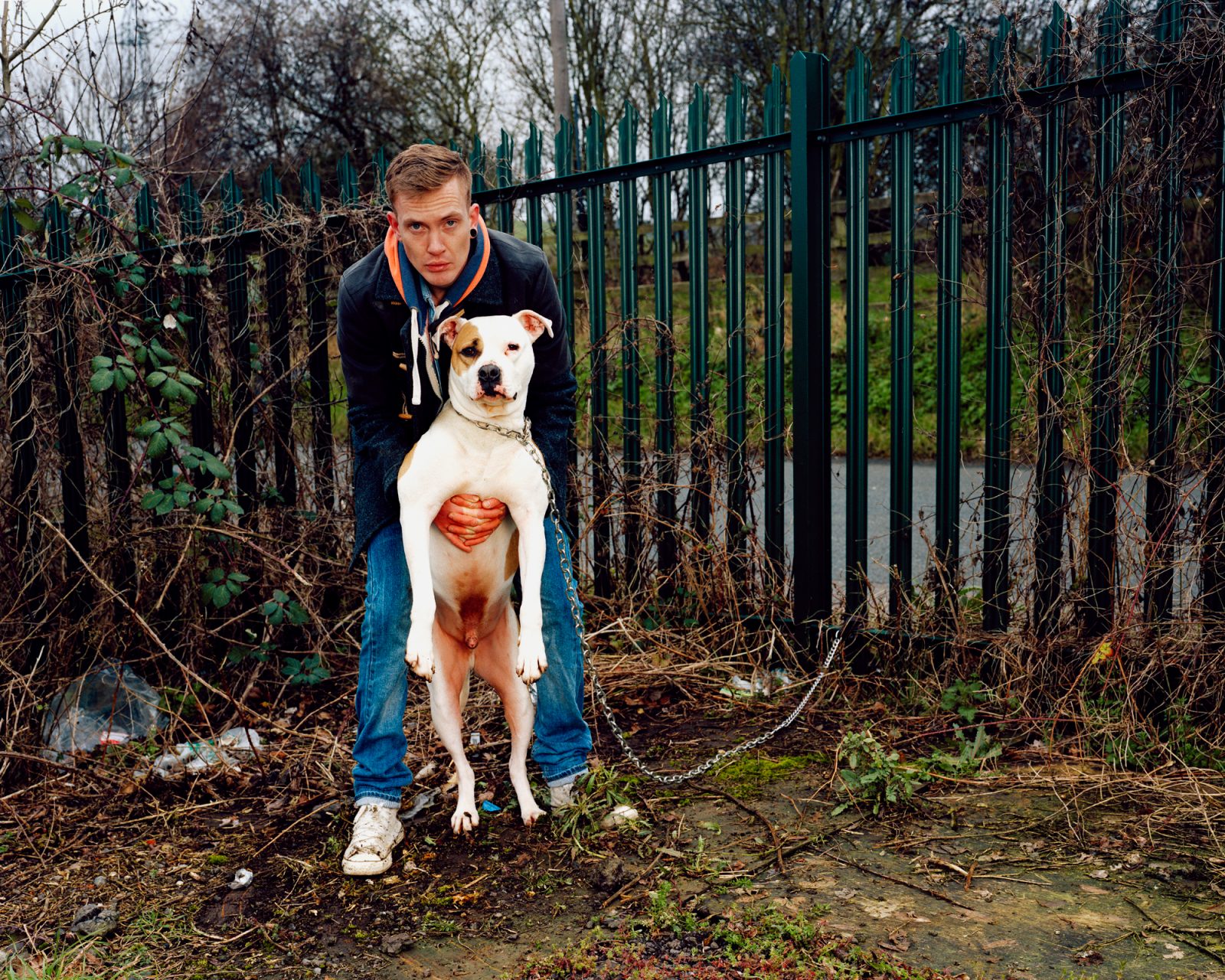Personally I hate crispy, digital, unnaturally pristine stock images. The ones you find on the default desktop screensaver, the perfect water droplet about to slip off the leaf at any moment.
The greens are too green, way too green for my liking. And what about the content? Why do I want to be reminded of nature, beauty and the rainforest when I’m stuck in the studio.
Don’t get me wrong I love rainforests and I’ve visited them on a number of occasions, which on one trip included a month stay and an unfortunate incident with a centipede! But someone somewhere (probably a team of techie digital people) thought the droplet was a good image. Good enough to plaster over squillions of computer screens.
Surely the only weapon to fight our way through the sea of images we are bombarded with daily is to hit them head on with an understanding of our own personal criteria of what makes a good photograph and what doesn’t.
Over the past 10 years since hiding out in an after school photography club I’ve been developing my photographic taste and what I sense makes a good image… often surprising myself with the results. The first photography exhibition I ever visited made a big impact on me… Richard Wentworth at the Photographers’ Gallery in 2001. All around the walls were snapshot images… images taken of discarded objects, forgotten items of clothing and inanimate street sculptures. I fell in love with the works’ simplicity.
To this day, the simple, low-tech images are what I find myself drawn to. And I confess I’m often inexplicably drawn to images, which contain the colour red. I also like a game… as an image consumer I like to be challenged and surprised.
When visiting the 2013 graduate shows at The Truman Brewery I came across a piece of work that did just this.
As I approached the work I was confronted by aggressive portraits, the series had technical perfection. Shot on what seemed like large format and printed at a professional lab. But it wasn’t the technical aspect I was struck by, it was the enjoyable frustration of trying to work out what was going on in the images.
A young man bent over wearing a hoodie, jeans, converse and pierced ear looked straight down the lens. In his arms he presents a fierce looking dog to the camera. Who is this man? Is he involved in dogfighting? Ideas rush through my head.
I walk down the line and I’m met by more images of similar structure, nondescript no-mans-land locations, the man’s clothing and breed of dog in his arms change but the confusion and intrigue accumulates.
I reach the end of the line I see the title, Death Row. Bam! I understand. Of course, this man, this thug, a dog snatcher/ fighter I was right… but oh no as I continue to read the two three lines below I see this man is in actual fact Niall Lester, an Animal Welfare Officer and charity worker who has saved these dogs from being ‘terminated’.
For me what makes a good image is one I’m forced to engage with, challenges my perceptions, encourages me to learn from and doesn’t give up its secrets all at once. A difficult skill to execute but one Georgie Mason the photographer has clearly understood.
Image:
Phoenix, American bull terrier.
Left and chained up as a yard dog in Gravesend, London.
Rescued March 2008.
–
Published on 22 July 2013
Commissioned by Photoworks

